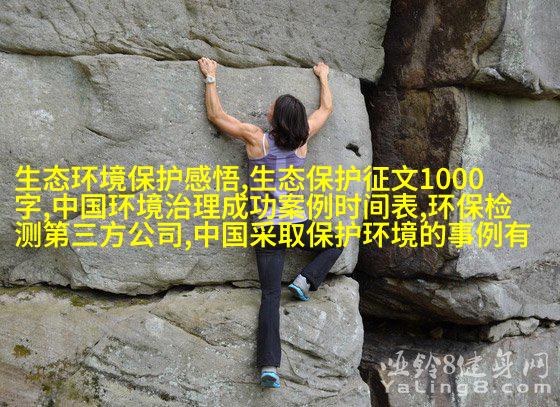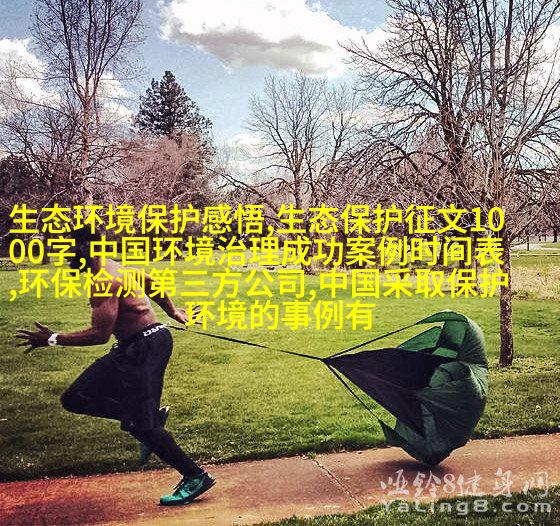地下水污染现状研究源头控制与治理策略探究
一、引言

随着人口的增长和工业化进程的加快,地下水资源遭受日益严重的污染威胁。地下水是地球上的重要自然资源,对农业、城市供水等方面具有不可或缺的地位。然而,近年来,由于人类活动对环境造成的影响,导致了大量化学物质和有机污染物进入地表及地下水系统,从而给人们健康生活带来了重大风险。
二、地下水污染现状

(1)来源多样性
groundwater pollution is a complex issue with multiple sources of contamination. Industrial activities, such as mining and manufacturing, release harmful chemicals into the environment. Agricultural runoff from fertilizers and pesticides also contribute to groundwater pollution. Furthermore, domestic wastewater disposal through septic systems can contaminate aquifers.

(2)扩散速度快
The rate at which pollutants spread through the subsurface is rapid due to the porous nature of soil and rock formations. Contaminants can travel long distances in a short period of time, making it difficult to trace their source.

(3)难以发现早期迹象
Early warning signs of groundwater contamination are often subtle or nonexistent until significant damage has been done. This makes it challenging for regulators and communities to take proactive measures against pollution.

三、影响因素分析
(1)人口增长与经济发展
As populations grow and economies develop, so does the demand for water resources. The increased use of chemical-intensive agriculture, industrial processes, and urbanization have led to greater amounts of contaminants entering groundwater systems.
(2)政策与监管缺失
Insufficient regulation and enforcement have contributed significantly to groundwater degradation. In many cases, regulations are outdated or inadequately enforced by local authorities.
四、治理策略探究
A comprehensive approach is needed to address this critical issue effectively.
(1) Source control: Implementing strict regulations on industrial activities that generate hazardous waste will help prevent direct discharge into water bodies.
(2) Wastewater treatment: Ensuring proper treatment before disposing wastewater from various sources will reduce potential contaminants entering aquifers.
(3) Public awareness campaigns: Educating communities about safe practices in handling chemicals around homes and businesses could minimize accidental spills or leaks that lead to contamination.
(4) Monitoring & remediation technologies: Regular monitoring programs should be established along with advanced technologies for detecting early signs of contamination.
(5) Land-use planning & management: Proper land-use planning strategies can help reduce runoff from agricultural lands while ensuring efficient use of available water resources.
五、结论与展望
Groundwater pollution presents a pressing challenge worldwide requiring immediate attention from policymakers,
scientists,
and community members alike.
By implementing effective source control measures,
improving wastewater treatment facilities,
raising public awareness levels,
utilizing innovative monitoring techniques,
and adopting sustainable land-use practices,
we may reverse this alarming trend towards further degradation of our vital underground resource—groundwater—and ensure its continued availability for generations ahead.